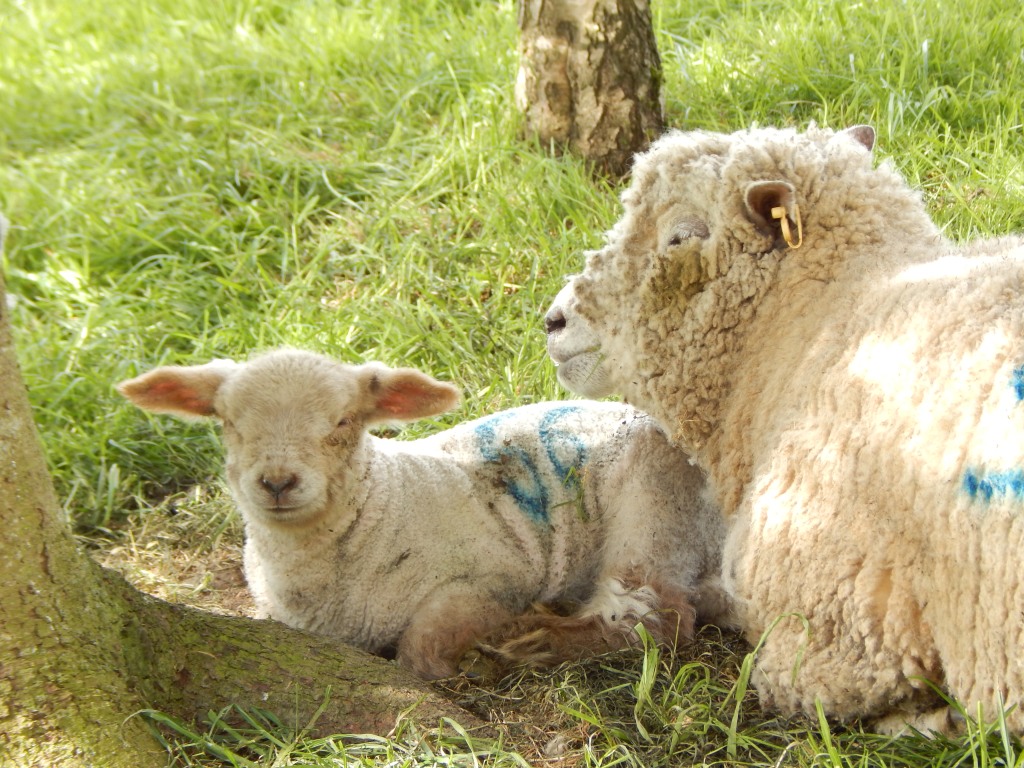
[245] Ovis aries, Sheep
Introduction
Ovis aries, the (Common) Sheep, is the well-known domesticated animal farmed for its meat and for wool. Other species of Ovis are also called sheep.
Like [077] Deer, the word sheep can be either singular or plural.
Taxonomy
Kingdom – Animals
Phylum – Chordates
Class – Mammals
Order – Artiodactyla
Family – Bovidae
Subfamily – Caprinae
Tribe – Caprini (Sheep and Goats)
Genus – Ovis
Scientific Name – Ovis aries
There could be about a thousand breeds of sheep.
Name
The Old English word sheep is of unknown origins. Ovis is the Latin for sheep and aries means a ram.
Description
Apart from Goats (See below) the closest relatives of Sheep are [054] Cattle and antelopes. All are cloven-hoofed, ruminant animals that live in herds. Sheep are more closely related to antelopes than cattle. There must be some technical distinctions in anatomy and physiology between cattle, antelopes and sheep so we can start by assuming that almost everything I said about cattle also applies to sheep! (We will come to some differences in a minute.) They are cloven-hoofed ruminant mammals that live in herds.
Ovis aries is thought to be derived from the Mouflon, Ovis gmelini, a wild sheep found in and near Turkey. The Moufflon is mostly dark brown in colour and the males have large, curved horns.
We normally think of sheep as relatively small, completely white farm animals, covered in wool and without horns.




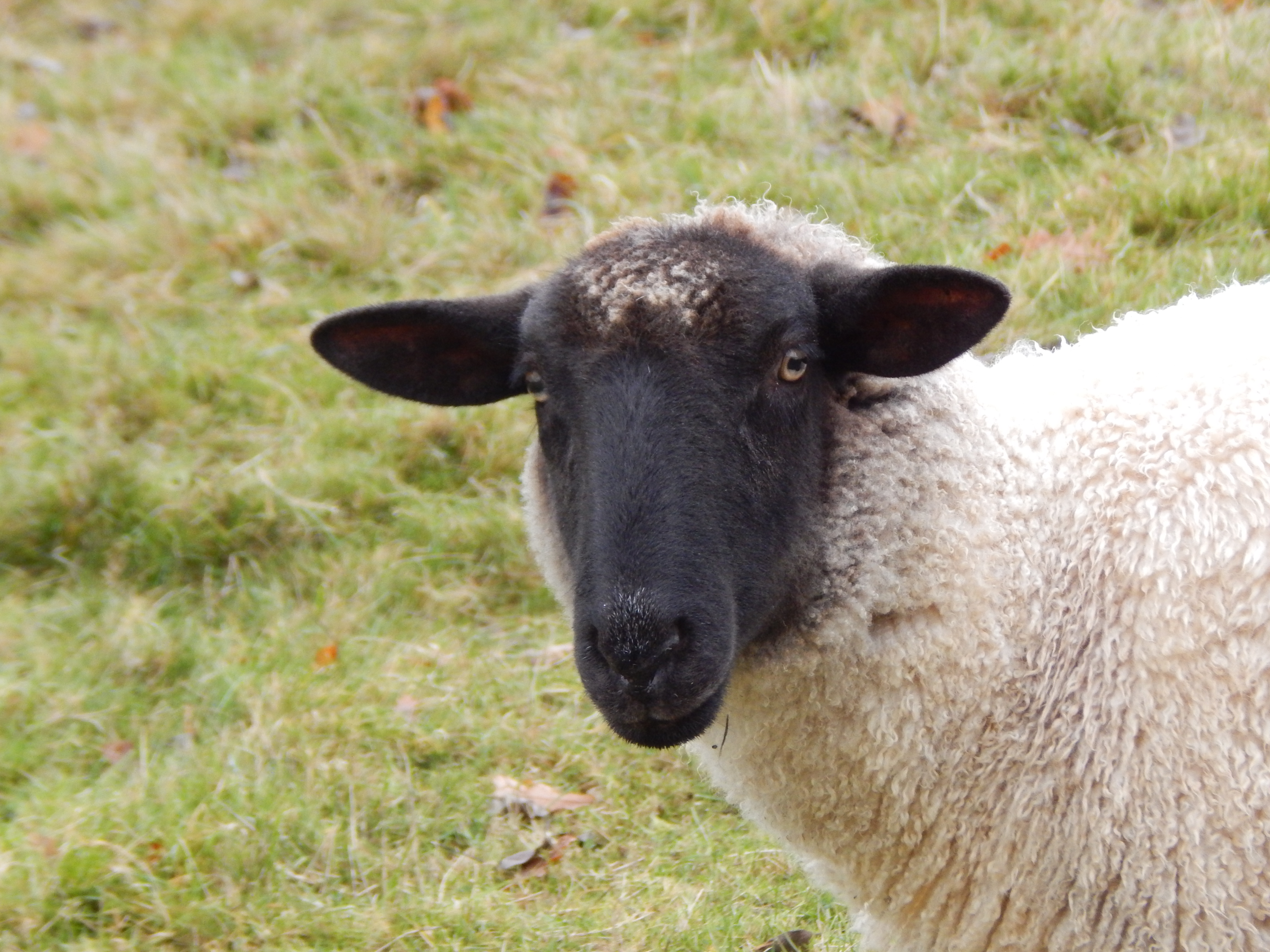
Among the hundreds of breeds, some are brown or partly brown, some have black heads, some have horns … and there are many other possibilities. Now that British sheep are no longer used for wool it is much more common to see non-white breeds.
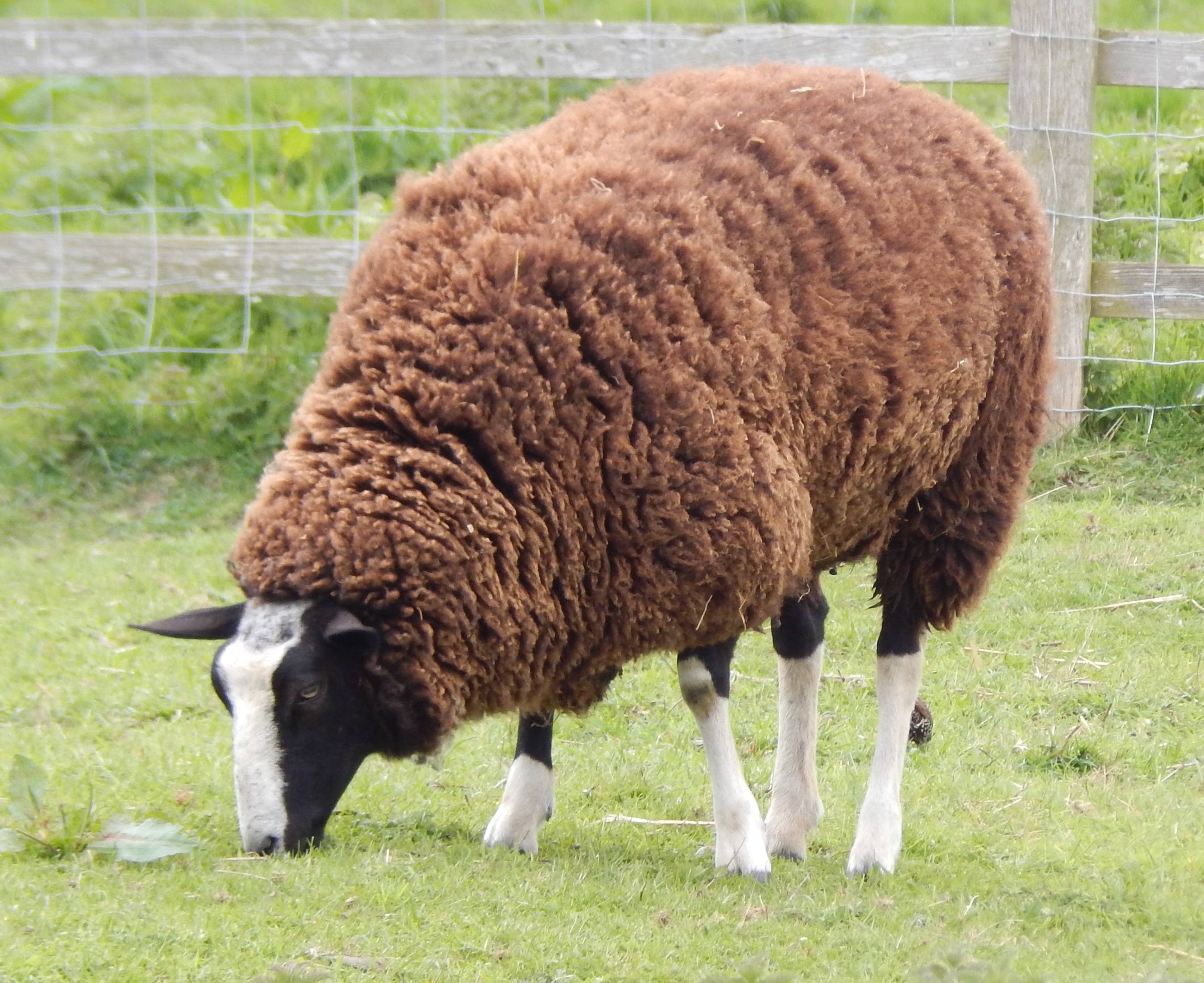





They have the same four-part stomach as cattle and spend most of their waking hours eating grass, which they crop very low.
They are very gregarious and this flock behaviour can make them easy to manage. On hill farms they can be hefted to a particular area and when necessary herded by sheepdogs.
The lambs look pretty much like smaller versions of the adults.

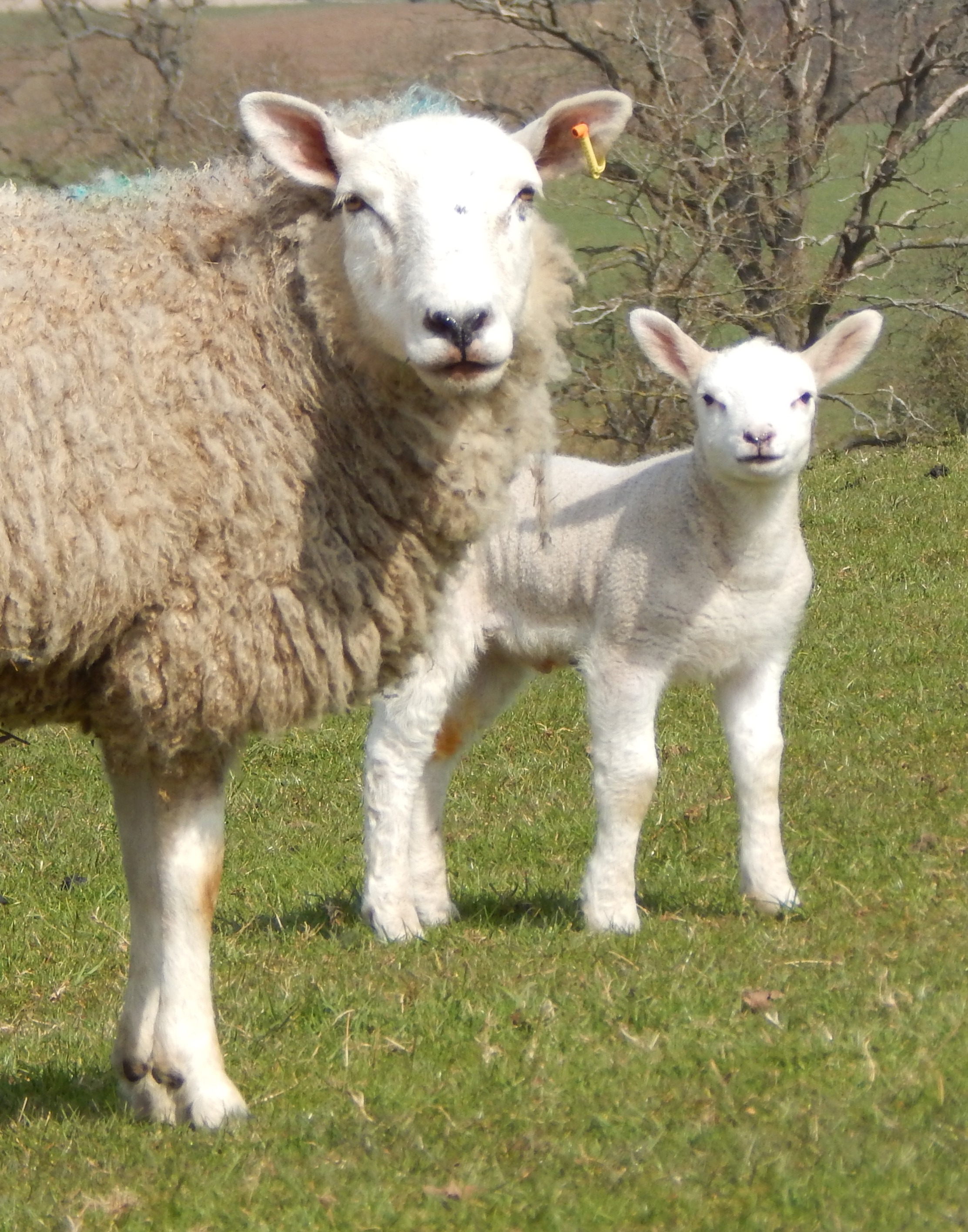


Habitat and use
Sheep have been domesticated since about 10 000 BC in Mesopotamia and their origins are uncertain. They were probably first kept for their meat, milk and skins and it may have been another three thousand years until they were first bred for wool. Selective breeding for wool has led to mostly pure white breeds.
They were common and widespread domestic animals for Ancient Greek and Roman civilizations and have spread to Europe and beyond.
Sheep are now widely farmed for their meat and wool. About 500 million sheep are slaughtered every year for their meat. Some are kept for milking and cheese production and other products such as sheepskin and parchment.
Other Notes
There are several words used for sheep and many dialectic variations. An adult female is a ewe, a male is a ram and a young sheep is a lamb. In theory, a wether is a castrated ram but the word only seems to be used figuratively in the expression ‘bell wether’ (or bellwether) in a Stock Market context. In some agricultural contexts, a hogget or hog is a sheep of about 9-18 months.
The meat from a sheep is called mutton or lamb. But in some eastern countries, mutton means the meat of a goat, and in the USA all meat from a sheep is called lamb.
The thick woolly coat helps to keep the sheep warm in the winter but shearing takes place in spring to remove the fleece. A new coat is soon regrown.



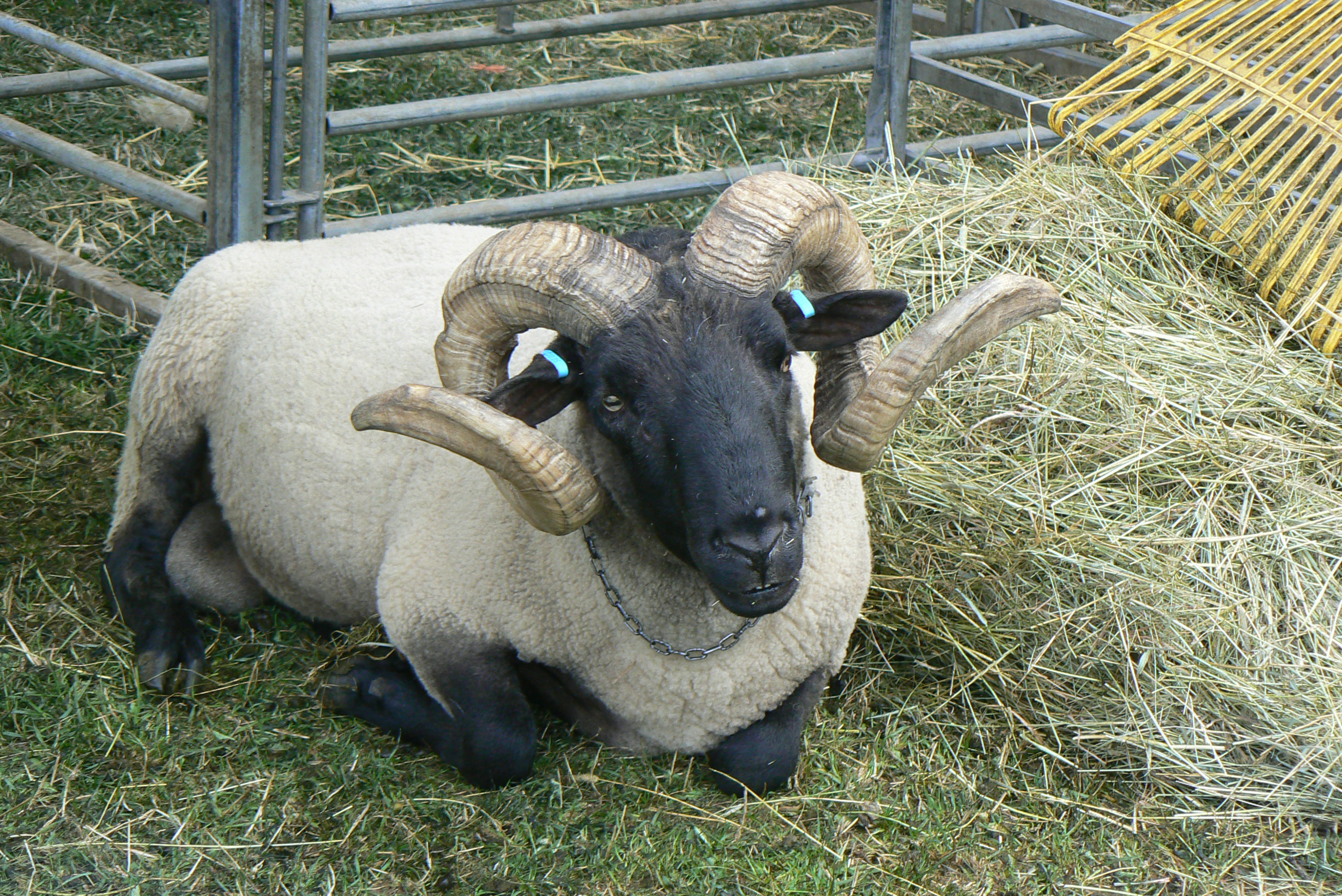
In the world of farming there are annual shows that include, amongst other things, competitions for the best animals of various types and breeds. You may see some of the more exotic breeds of sheep at these shows.

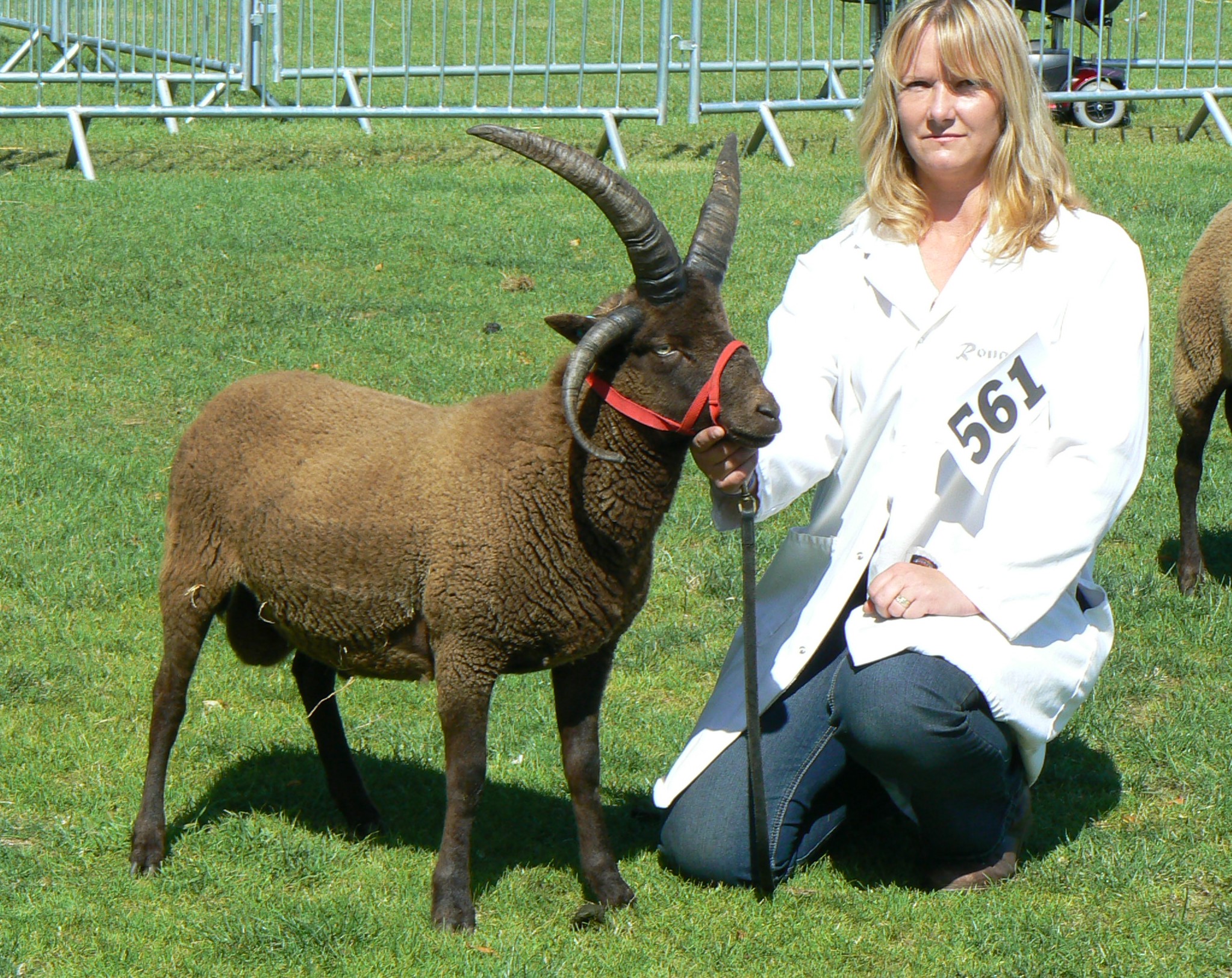
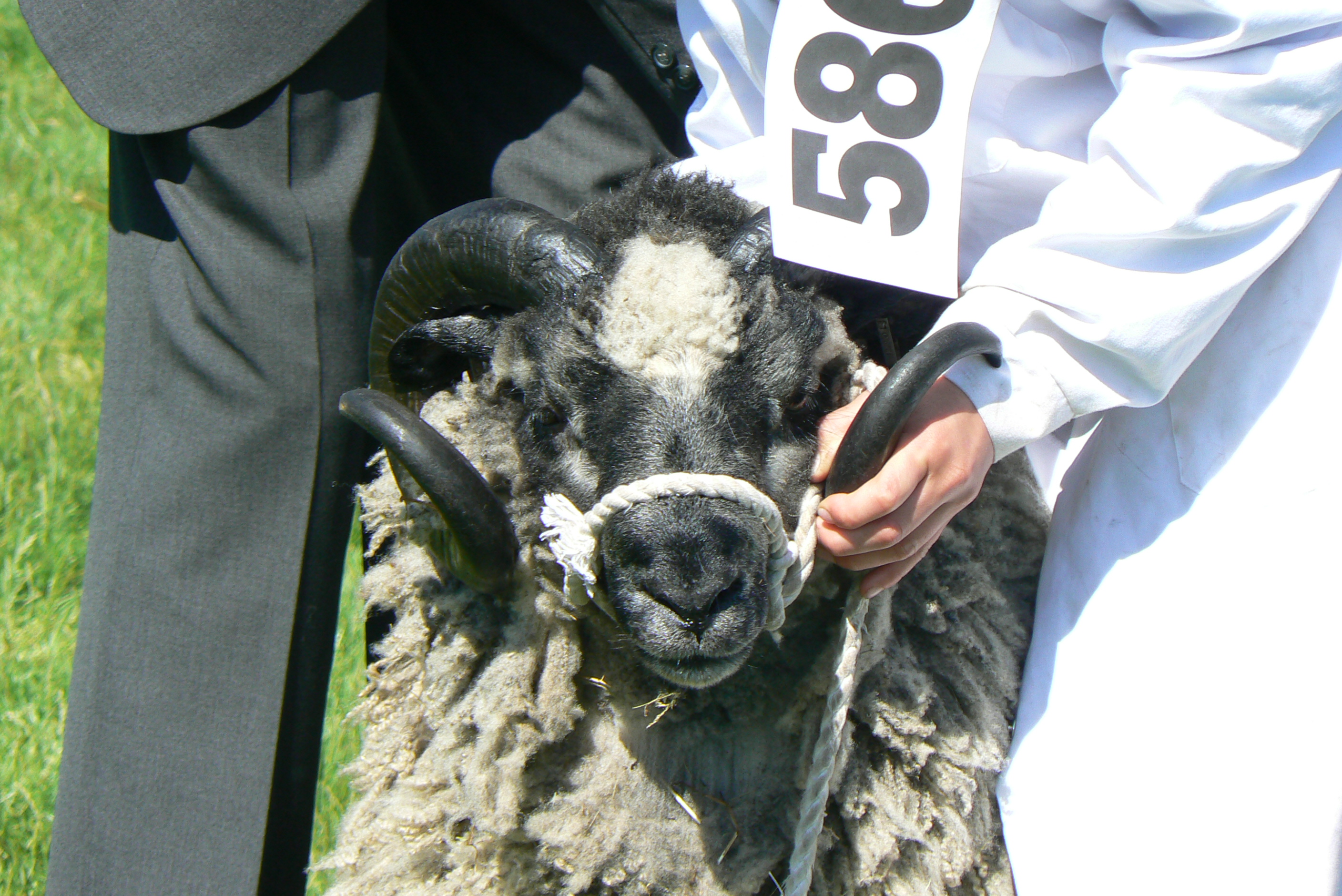


See also
You will also, of course, see domesticated goats, Capra aegagrus hircus, which are very similar. If you want to tell sheep from goats, don’t be misled by things like horns. There are other technical differences between these closely related species but the easiest way is to look at the tails. Goats hold their tails upwards, sheep don’t.
